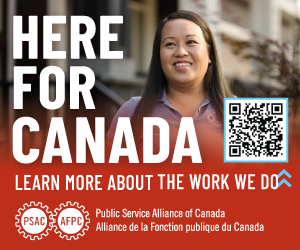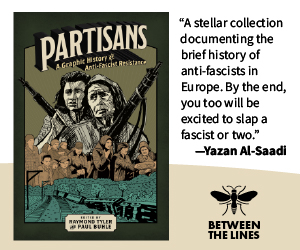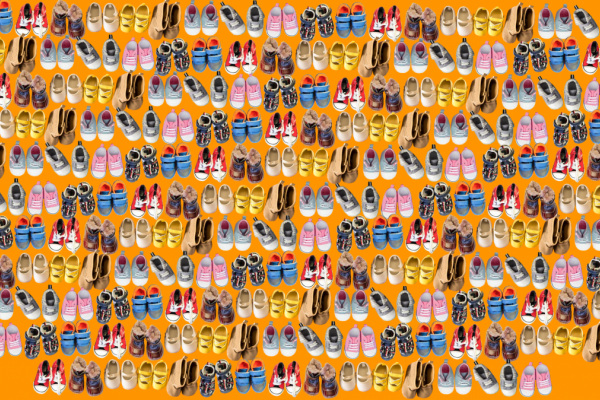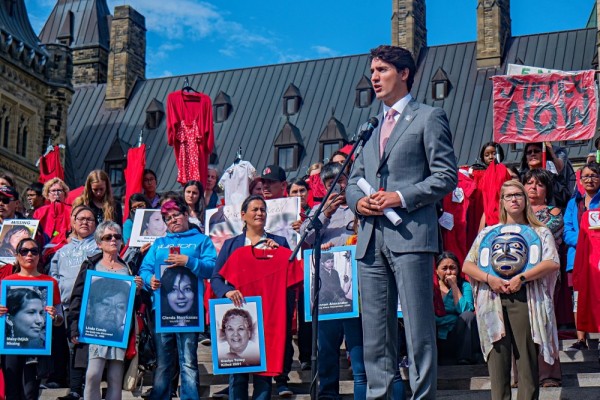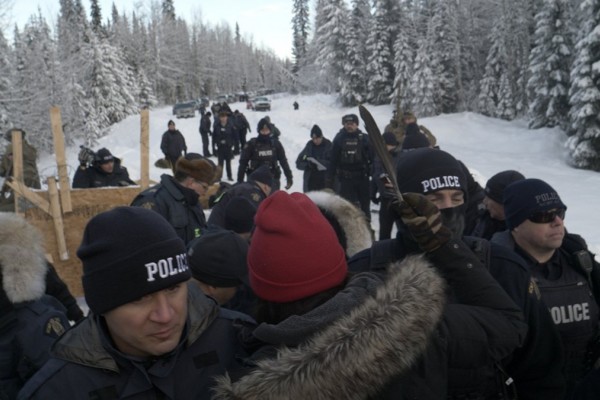Inquiry needed into police violence against Indigenous peoples
We need to take the bold step to demand police transparency and hold them accountable for the actions of their officers

Crime scene in the Exchange District, Winnipeg. Photo by James G Jewell/Police Insider.
In 1988, an unarmed J.J. Harper was walking down the street in Winnipeg when he was shot and killed by Winnipeg Police. Neil Stonechild died of hypothermia in 1990 when Saskatoon police drove him to the outskirts of town and left him there to freeze in minus 28 degree weather. In 1998, the Vancouver police dragged an unconscious Frank Paul out of his holding cell and left him in a back alley on a cold and rainy night, where he too died of hypothermia. In 2019, Ottawa police officers shot and killed Greg Ritchie on his way to the pharmacy to pick up his medication. More recently, the Winnipeg Police shot three people in 10 days: Stewart Andrews, Jason Collins and Eisha Hudson-a 16-year-old girl.
The one thing all of these victims had in common? They were Indigenous.
Police racism, abuse and violence towards Indigenous peoples is a long-standing public safety crisis that has gone unaddressed in Canada. The statistics are shocking. The CBC spent six months conducting an analysis of fatalities caused by police officers from 2000-2017, which showed that the fatalities are increasing steadily. Indigenous peoples are grossly over-represented in deaths by police officers. In Saskatchewan, Indigenous peoples are 15 percent of the population but represent 62 percent of deaths by police. In Manitoba, they are 16 percent of the population but 58 percent of the deaths by police. In places like Winnipeg, Indigenous peoples are only 10 percent of the population but more than 64 percent of those killed by police officers. To say that there is a problem would be a gross understatement.
The root of the problem lies in decades of genocidal laws, policies, and practices by governments and their agencies against Indigenous peoples. From the very first encounters with the Northwest Mounted Police who used food rations to extort sex from young Indigenous girls, to the RCMP apprehending children to put in residential schools where many were abused, tortured and died–the police have been at the heart of colonization in Canada. Sadly, their role has not changed. Police officers are at the front lines acting as armed guards ensuring that the extractive industry and governments can continue to use Indigenous lands and resources regardless of constitutionally-protected Aboriginal, treaty or land rights.
Add to this, the inter-generational trauma inflicted by Canada’s genocidal policies—starvation policies; underfunded social programs like food, water, housing, education and healthcare; forced sterilizations; residential schools; the Sixties Scoop forced adoptions; over-incarceration; the humanitarian crisis of First Nations children in foster care; and the thousands of abused, exploited, disappeared and murdered Indigenous women and girls (sometimes at the hands of police) and it becomes apparent how Indigenous peoples become targets of police racism and violence as they try to navigate the poverty and oppression. It should be no shock that one-fifth of Indigenous peoples in prison were impacted by residential schools or that two-thirds were impacted by the child welfare system. Indigenous peoples represent 30 percent of federal prisoners; Indigenous women represent 42 percent; and Indigenous youth represent more than 50 percent; but provincial levels are much higher for all groups.
To make matters worse, there is little disincentive for police not to kill Indigenous peoples during their interactions. Of the 461 cases involving deaths by police in the CBC study, only 18 cases saw charges laid against an officer and of those, only two convictions to date. In other words, less than 0.43 percent of police officers have been held accountable. But we know all this. Federal and provincial governments have known for decades that there is a public safety crisis for Indigenous peoples and have failed to take the substantive steps required to change it.
The complex weave of police racism and abuse of Indigenous peoples, together with the well-known problems of corruption and criminality within polices forces make tracking the problem and addressing them nearly impossible. In 2014, the RCMP found hundreds of cases of corruption amongst its members in an 11 year period, including perjury and falsifying evidence. Police corruption, together with the impenetrable blue wall erected by police unions means holding racist and violent officers to account is nearly impossible. Police policing the police simply doesn’t work and Indigenous peoples should not pay for these public safety failures by governments with their lives.
Family and friends hold a vigil for Eishia Hudson, a 16-year-old girl shot by Winnipeg police, at the intersection of Lagimodiere Boulevard and Fermor Avenue in Winnipeg on Easter Sunday. Photo by Northern Plains Freelancer.
It is not for a lack of trying by Indigenous and human rights advocates that little progress has been made. Many public inquiries have looked into the justice system and found racism against Indigenous peoples to be a factor. The 2007 Ipperwash Inquiry into the shooting death of unarmed Indigenous land defender Dudley George found that racism against Indigenous peoples was “not restricted to a few ‘bad apples’ within the OPP but was more widespread”. Similarly, Saskatchewan released its own justice commission report in 2004 finding that “racism is a major obstacle to healthy relations with First Nations and … police organizations”. Racism against Indigenous peoples in policing is not only a problem in terms of over-policing with higher arrests and more substantive charges; but interactions with police on the streets is more likely to be lethal for Indigenous peoples.
This problem of racism against Indigenous peoples also has a gendered dimension which includes not only lethal violence, but sexualized violence by police against Indigenous women and girls. Human Rights Watch documented numerous reports of RCMP officers sexually assaulting Indigenous women in BC. They also documented sexual assaults and harassment of Indigenous women during strip searches by men of Indigenous women in police custody in Saskatchewan. In Val D’or, Quebec, no charges laid against officers for reports of driving Indigenous women out of town and sexual assaulting them.
Indigenous women and human rights experts advocated strenuously to include a review of sexualized violence in policing in the National Inquiry into Murdered and Missing Indigenous Women and Girls, but a review of police as perpetrators was specifically excluded from the Terms of Reference. Indigenous women have been left with no where to turn when the police are the perps. This has led to the United Nations Special Rapporteur on Violence Against Women, Its Causes and Consequences to call on Canada to:
Support an external review, conjointly with civil society and Indigenous communities, of the disproportionate levels of racism abuse and violence towards Indigenous women and girls by police and correctional officers with a view to implement preventative measures and enforcing institutional accountability on a concept of zero tolerance for excessive use of force and sexual harassment or assault.
At this point, one is left to wonder why successive federal and provincial governments have left these issues in policing unaddressed, despite the increase in violence and deaths against Indigenous peoples caused by police. Given the challenges in accessing police data, the problems with police perjury and the impenetrable blue wall of police unions, there remains few options but to have a nationwide inquiry into police racism and violence against Indigenous peoples supported by Orders in Councils from each government permitting access to internal police files. Previous recommendations related to cultural sensitivity training in police forces have not made a difference, nor have proactive hiring practices.
The problem is not Indigenous culture–the problem is police culture.
Until we take the bold step to demand police transparency and hold them accountable for the actions of their officers, deaths of Indigenous peoples will continue. We, as a society, owe Neil Stonechild, Dudley George, J.J. Harper, Frank Paul, Greg Ritchie, Stewart Andrews, Jason Collins and 16 year-old Eisha Hudson better than that.
Pam Palmater is a Mi’kmaw citizen and member of the Eel River Bar First Nation in northern New Brunswick. She is a longtime CD columnist, and has been a practicing lawyer for 20 years. Currently, Pam is a Professor and the Chair in Indigenous Governance at Ryerson University.


